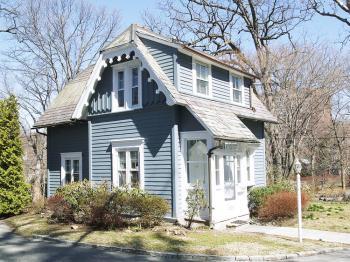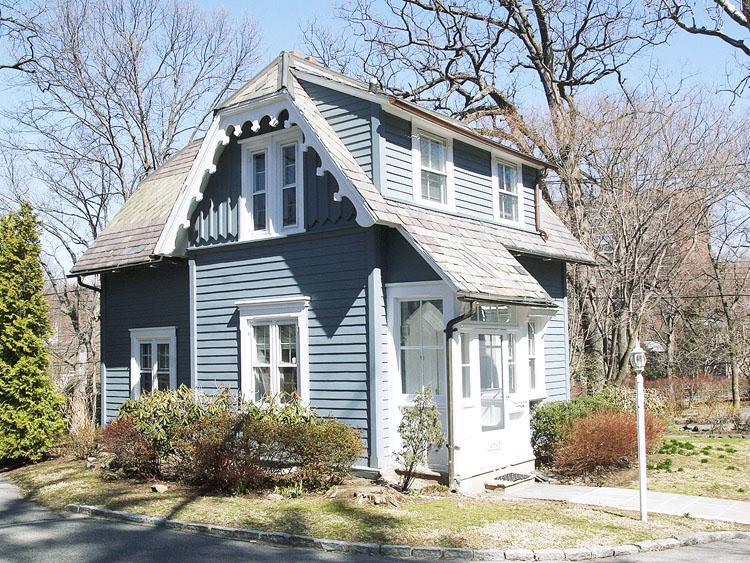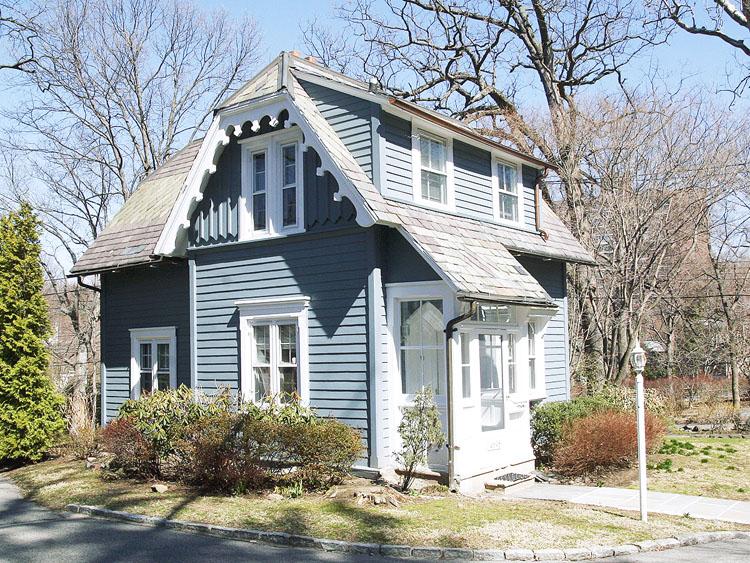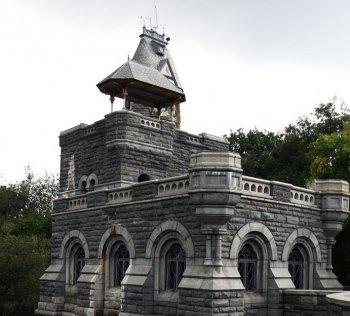New York City Structures: The Greyston Gatehouse
A veritable charm, the Greyston Gatehouse was recently listed as a New York City landmark by the city’s Landmarks Preservation Committee.

RURAL COTTAGE: The Greyston Gatehouse in Riverdale, the Bronx, was built as a caretaker's house and part of an estate built for industrialist William H. Dodge. It was listed as a New York City Landmark last week by the city's Landmarks Preservation Commit Tim McDevitt/The Epoch Times
|Updated:



